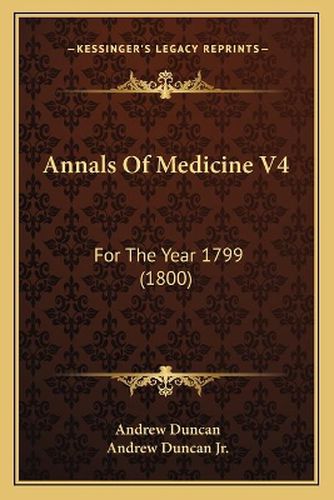Readings Newsletter
Become a Readings Member to make your shopping experience even easier.
Sign in or sign up for free!
You’re not far away from qualifying for FREE standard shipping within Australia
You’ve qualified for FREE standard shipping within Australia
The cart is loading…






Purchase of this book includes free trial access to www.million-books.com where you can read more than a million books for free. This is an OCR edition with typos. Excerpt from book: A GLANCE AT THE HUNDRED OF WROTHAM. Pleas Of The Crown Of The County Of Kent, 21 Edward I., A.d, 1293.
Calendar of the County of Kent, before J. de Berewyk’ and his associates, Justices Itinerant in the same County, in the twenty-first year of the reign of King Edward, the son of King Henry.
Lathe of Aylesford. Hundred of Wrotham.
The same John [Oliuer], chief bailiff … sworn. “ Walter de la Hale . . sworn. Ralph Wohvard ., sworn. John de Bersted’ … sworn. William de Rokesle . sworn. Henry PistoredeStansted’ sworn. Peter de Croulond . sworn. William de Stansted’, sworn. Robert de Shypburn’. sworn. Robert le Kyng’ … sworn. Gilbert de Wynfeld’ . sworn. Richard de Sykeleshede sworn. Henry Ffareman . . sworn. The first two membranes of the Roll are taken up with recording the names of the jurymen who represented the different hundreds, half-hundreds, villatae, and cities throughout the county. The list amounts to the large number of about eight hundred and thirty, which seems quite out of proportion to the number ofcases to be tried. But it must be remembered that at this period jurors were not the same as they are at the present day; they were witnesses rather than hearers of evidence, and were selected for the knowledge they already possessed of the cases in which they were called on to give their verdict. We do not meet with jurors as triers of evidence much before the early years of the fifteenth century. In illustration of this statement the following remarks of Sir Francis Palgrave will be read with interest: ? Trial by jury, according to the old English law, was a proceeding essentially different from the modern tribunal, still bearing the same name, by which it has been replaced; and whatever merits belonged to the or…
$9.00 standard shipping within Australia
FREE standard shipping within Australia for orders over $100.00
Express & International shipping calculated at checkout
Purchase of this book includes free trial access to www.million-books.com where you can read more than a million books for free. This is an OCR edition with typos. Excerpt from book: A GLANCE AT THE HUNDRED OF WROTHAM. Pleas Of The Crown Of The County Of Kent, 21 Edward I., A.d, 1293.
Calendar of the County of Kent, before J. de Berewyk’ and his associates, Justices Itinerant in the same County, in the twenty-first year of the reign of King Edward, the son of King Henry.
Lathe of Aylesford. Hundred of Wrotham.
The same John [Oliuer], chief bailiff … sworn. “ Walter de la Hale . . sworn. Ralph Wohvard ., sworn. John de Bersted’ … sworn. William de Rokesle . sworn. Henry PistoredeStansted’ sworn. Peter de Croulond . sworn. William de Stansted’, sworn. Robert de Shypburn’. sworn. Robert le Kyng’ … sworn. Gilbert de Wynfeld’ . sworn. Richard de Sykeleshede sworn. Henry Ffareman . . sworn. The first two membranes of the Roll are taken up with recording the names of the jurymen who represented the different hundreds, half-hundreds, villatae, and cities throughout the county. The list amounts to the large number of about eight hundred and thirty, which seems quite out of proportion to the number ofcases to be tried. But it must be remembered that at this period jurors were not the same as they are at the present day; they were witnesses rather than hearers of evidence, and were selected for the knowledge they already possessed of the cases in which they were called on to give their verdict. We do not meet with jurors as triers of evidence much before the early years of the fifteenth century. In illustration of this statement the following remarks of Sir Francis Palgrave will be read with interest: ? Trial by jury, according to the old English law, was a proceeding essentially different from the modern tribunal, still bearing the same name, by which it has been replaced; and whatever merits belonged to the or…